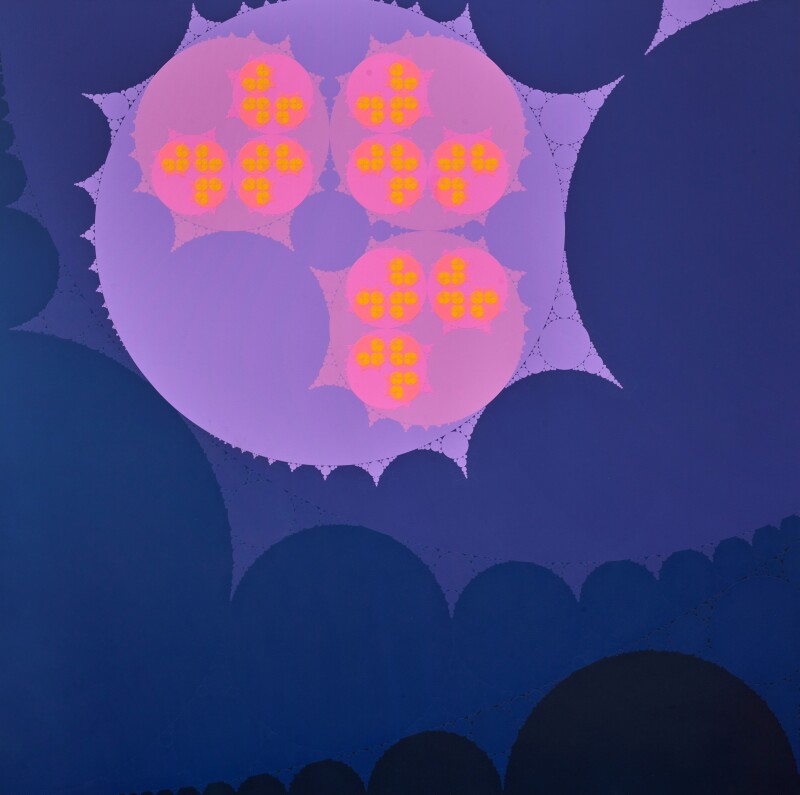

Karl Gerstner
Color Fractal 4.29
signed Karl Gerstner, titled and dated 08.01.04 (on the reverse)
acrylic on aluminium
150 by 150 cm.
59 by 59 in.
Executed in 1992.
Price upon request
Taxes not included
VAT and other taxes are not reflected in the listed pricing. Read more
Details
signed Karl Gerstner, titled and dated 08.01.04 (on the reverse)
150 by 150 cm.
59 by 59 in.
Provenance
Private Collection, Switzerland
Acquired from the above by the present owner
Catalogue Note
Karl Gerstner was a true polymath working as an artist, theorist, author and graphic designer. After his studies at the Gewerbeschule in his hometown Basel and apprenticeship as a graphic designer, Gerstner began to work as a painter and photographer. He subsequently founded the advertisement agency Gerstner + Kutter, which became one of the most successful ad agencies in Switzerland and Germany, with offices throughout Europe and in New York. In 1970, he fully dedicated himself to his artistic output, living between Düsseldorf, Paris and Basel.
Karl Gerstner first encountered Zurich Concrete artists in the 1950s and immediately related to their mathematic and systematic approach to the relationship of form and colour. He began to work in series, creating numerous versions of related compositions to fully explore the synthesis of colour and form. The present work forms part of the Color Fractals series, an exploration of chaos theory and fractals: mathematical shapes that are infinitely complex. At a small scale they show evidence of abundantly detailed structure that is forever repeated and infinitely magnified. The concept had already existed in form of a mathematical equation, however, it was only with the arrival of the computer that the equation could be calculated to its completion. The subsequent visualisation of the equation was first discovered by Benoit Mandelbrot in 1980 and henceforth known as the Mandelbrot set. This discovery inspired Gerstner to create his own depictions of the seemingly endless loop of geometric shapes, creating an analog version of a digital image. Gerstner’s interest in and subsequent re-interpretation of computer-generated fractal imagery is a radical precursor to today’s computer and AI generated imagery driven by NFTs and is a testament to his pioneering artistic practice.